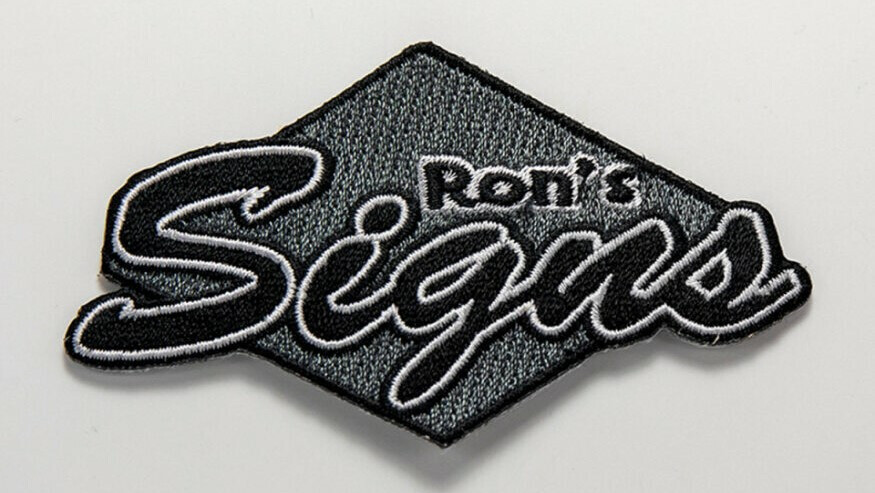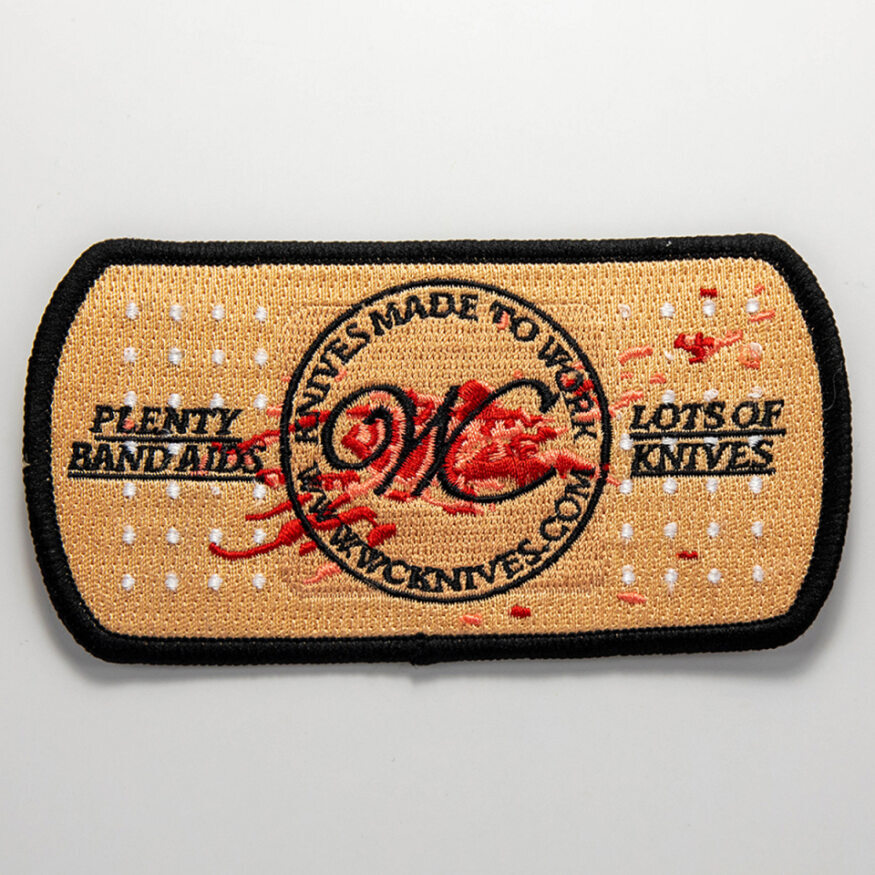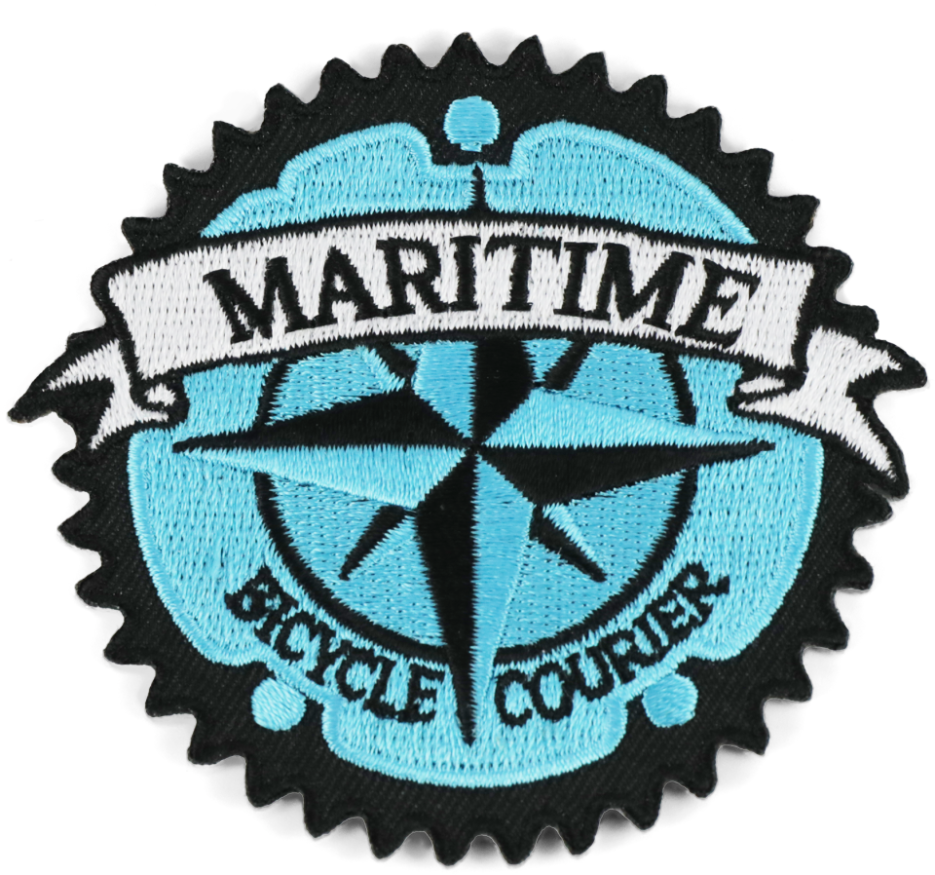
Yes, Small Businesses CAN Compete with the Big Boxes and Online
Retailing giants such as Amazon and Walmart have upended the marketplace. Your small business can compete with them successfully by being creative and committing relentlessly to customer service.
Rick Cundiff
It’s no secret that small businesses have had a tough time the past four years. The impact of pandemic-related shutdowns, the rise of shopping from home, inflation and other factors have taken a toll.
Many small businesses have shut down, others have downsized and are barely hanging on. When your competition includes not only other local business, but also the likes of Amazon and Walmart, what’s a small operation to do?
Believe it or not, you can compete with the Goliaths of the retail world. It just takes careful product selection, a commitment to customer service, and offering your customers things the giants can’t.
Let’s examine some of the ideas small businesses can use to thrive in today’s ultra-competitive marketplace. But first, let’s take a look at the history of business in the United States. You might be surprised to find there are very few things new under the sun.
Origins
When the nation was founded, virtually every business was a small business. Merchants sold locally to their neighbors, within a small geographic area. The butcher, the baker, the tailor, the furniture maker, all knew their customers.
The Industrial Revolution brought changes. Greater manufacturing efficiencies allowed greater productivity, but business was still done locally for most people. It kept money in the community, but choices were limited to those items stocked by local merchants. Merchants often set their prices high, thanks to the lack of competition. Prices could vary widely between customers, as sellers negotiated their credit terms.
In the late 1800s, that was about to change.
A Retail Giant Begins
In 1886, a Minnesota watch salesman met a watch repairman, and they formed a mail order business in Chicago, selling watches, diamonds and jewelry. By 1893, the salesman – Richard Sears – and the repairman – Alvah Roebuck, formed the company that bore their names and began to diversify their offerings.
Within a year, the Sears, Roebuck and Co. catalog reached 322 pages, and expanded to 596 pages just two years later. Catalog shoppers could order items such as sewing machines, bicycles, sporting goods, dolls, stoves and even groceries.
Sounds familiar, doesn’t it? In 1895, Sears sales reached $750,000, the equivalent of more than $27 million in 2024.
As it disrupted the businesses of Main Street, Sears brought major social change as well. Consumers were able to buy merchandise they would not otherwise have access to, from the comfort of their own homes.
The company was even more revolutionary in the lives of Black Americans in the Jim Crow era. Instead of having to wait in line as White customers were served first, and potentially denied goods from White merchants, they were able to order directly from Sears. They could receive the same goods, at the same prices and with the same level of service as their White fellow citizens.
In short, Sears was the Amazon of its day in the early 20th century. As it moved into brick and mortar stores in the 1920s, it also became the original “big box” store.
Surviving in the Big Box Era
Yet small businesses survived, and often thrived, after Sears arrived on the scene. How? By offering things the retailing giant couldn’t.
Whether that was in products or services, small businesses of all kinds could succeed. So it is today with Amazon, Walmart and the other big retailers. It takes a lot of hard work and dedication to differentiate yourself from the online pack, but it can be done.
The most important aspect is to give the customer something they can’t get elsewhere. Give them a positive buying experience and you can build brand loyalty. And they’ll recommend your business to others. Even in the internet age, word-of-mouth carries great power with potential customers.
First Impressions Count
Winning customer loyalty begins the first time they encounter your business. Whether it’s on a website or social media, on the telephone or even in person, first impressions are everything.
That means it’s critical to ensure that first impression is positive. Here are some key ways to do that:
Keep your website up to date. A site that shows discontinued merchandise or looks like it hasn’t been updated in 15 years will send customers elsewhere. Make sure you show current products, prices and services available. And don’t forget to update your copyright at the bottom of the page!
Engage, engage, engage on social media. Post regularly on Facebook, Instagram, X or TikTok. Let customers know what’s new. And interact with them. Answer questions promptly, and respond to comments courteously. The more you interact, the more potential customers will see the real people behind the business.
The person answering the phone can make or break a sale before the customer even says what they want. A surly, bored-sounding representative, or one who sounds. like they couldn’t care less about your customer’s needs is bad for business. On the other hand, someone who sounds cheerful and interested and actually listens can work wonders. And if you have to put someone on hold, explain and keep it brief.
The same rules apply when someone walks through the door. A warm greeting, a smile and genuine interest draws people in. Ignoring customers, a grumpy attitude or acting like you’re doing them a favor will send them right back out the door.
Believe it or not, people are looking for a reason to buy from you. Online ordering is impersonal, and can be difficult to get questions answered. If you show prospects that you are interested in solving their problems and concerns, they’ll respond.
Think Locally, Act Locally
If you really want your customers to support you, support them. Get active in your community. Sponsor or volunteer at local events. Support local nonprofits such as school groups, clubs and teams. Take part in Christmas toy drives for underprivileged kids. Have a booth at local arts shows. Volunteer to take part in community clean-up projects.
The more you engage with the community, the more people will get to know you. They’ll see that you put your energy into making the local area a better place to live, work and play. And that helps generate positive sentiment toward your business.
About Products: Find Your Niche

Product selection is another critical factor in the success, and even the survival, of your small business. You can’t compete with the online sellers and the big box stores on price alone. You might be able to compete with them on selection.
Keep in mind, Amazon, Walmart and the like, cater to a broad marketplace. They offer a lot of products in a lot of categories. However, they tend to focus on well-known, popular brands. If you can sell a specialty product or a brand they don’t, your chances of success are better.
Often, that’s a more upscale brand than the online sellers offer, but it doesn’t have to be. It can easily be a lesser-known brand that’s equal in quality to the AmazMart brands, but sells for less.
Know your products. Become an expert in the features and specifications of what you sell. Be able to explain to customers what every aspect of the product does and doesn’t do. Don’t just interact online, either. Hold in-store demonstrations, open houses, new product intros, grand openings. Let people know what you sell and showcase your expertise
If You Can’t Beat Them, Outdo Them

Here’s where we go right back to the big idea we mentioned above. If you have to compete with products that the big guys sell, offer what they can’t – service. Demonstrate the features of that appliance they’re buying. Add an extra year to the factory warranty. Deliver it for free.
As they say in New Orleans, give them a little lagniappe – throw in a couple of extra bobbins for that sewing machine, a bulb for the reader lamp, a pattern with the knitting needles and yarn. You’ll build customer loyalty, and word will get around. Happy customers are your best referrals. They’ll tell their friends and fellow hobbyists about your shop.
Have a Marketing Plan
To build brand awareness, you need an integrated marketing plan. A coordinated program of advertising, promotional products, social media and in-store/in-person marketing efforts will help build your brand. Custom promotional products are one of the most cost effective ways to boost brand awareness.
By following the above recommendations, your business can compete effectively with the giants. If you’d like to find out more about how custom promo products can help, call or email us today. We’ll be glad to help you craft a message the works best for your business.
Rick Cundiff
Content Director, Blogger
Rick Cundiff spent 15 years as a newspaper journalist before joining TJM Promos. He has been researching and writing about promotional products for more than 10 years. He believes in the Oxford comma, eradicating the word "utilize," and Santa Claus.
